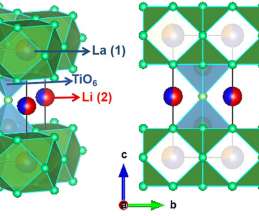LLTO anode material for safe batteries with a long cycle life
Green Car Congress
AUGUST 9, 2020
Anodes of lithium-ion batteries consist of a current collector and an active material applied to it that stores energy in the form of chemical bonds. Among the alternative active materials, lithium titanate oxide (LTO) has already been commercialized. In most cases, graphite is used as the active material.













Let's personalize your content